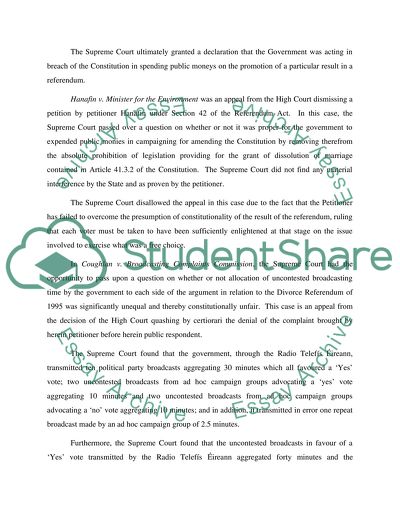Cite this document
(“Constitutional Law Degree Essay Example | Topics and Well Written Essays - 1500 words”, n.d.)
Constitutional Law Degree Essay Example | Topics and Well Written Essays - 1500 words. Retrieved from https://studentshare.org/law/1518271-constitutional-law-degree-essay
Constitutional Law Degree Essay Example | Topics and Well Written Essays - 1500 words. Retrieved from https://studentshare.org/law/1518271-constitutional-law-degree-essay
(Constitutional Law Degree Essay Example | Topics and Well Written Essays - 1500 Words)
Constitutional Law Degree Essay Example | Topics and Well Written Essays - 1500 Words. https://studentshare.org/law/1518271-constitutional-law-degree-essay.
Constitutional Law Degree Essay Example | Topics and Well Written Essays - 1500 Words. https://studentshare.org/law/1518271-constitutional-law-degree-essay.
“Constitutional Law Degree Essay Example | Topics and Well Written Essays - 1500 Words”, n.d. https://studentshare.org/law/1518271-constitutional-law-degree-essay.


